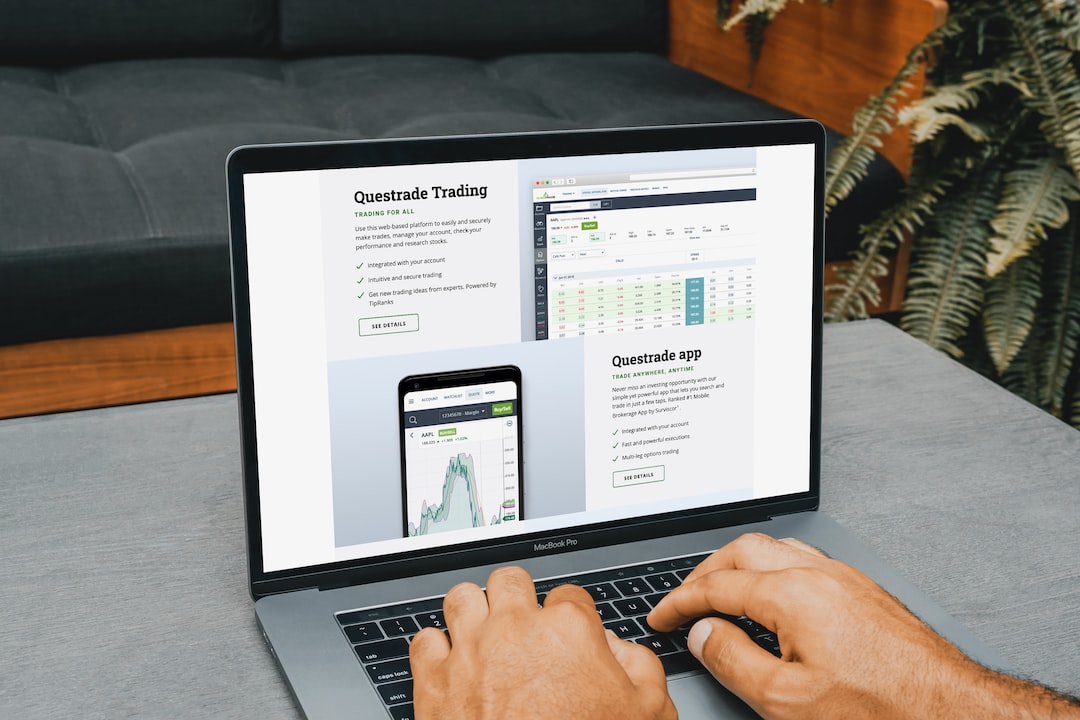Forex trading is one of the most popular forms of investment today. It involves buying and selling currencies with the aim of making a profit. Forex traders use leverage to increase their buying power and maximize their returns. Leverage allows traders to control large positions with relatively small amounts of capital. However, leverage comes at a cost, and traders must pay interest on the funds they borrow. In this article, we will explain how much interest forex charges for leverage.
What is Leverage?
Leverage is a financial tool that allows traders to increase their buying power by borrowing funds from their broker. The broker provides a loan that allows traders to control a larger position than they would be able to with their own capital. The amount of leverage available depends on the broker and the type of account. Forex brokers typically offer leverage ratios of 50:1, 100:1, or 200:1, which means that traders can control positions that are 50, 100, or 200 times larger than their initial investment.
How Does Leverage Work?
Let’s say a trader wants to buy $10,000 worth of EUR/USD. If they have a 1:1 leverage, they would need to deposit $10,000 to control the position. However, if they have a 100:1 leverage, they would only need to deposit $100 to control the same position. The broker would provide the remaining $9,900 as a loan. This means that the trader can make a profit or loss on the entire $10,000, even though they only deposited $100.
The Cost of Leverage
While leverage can increase potential profits, it also increases the risk of losses. Traders must pay interest on the funds they borrow from their broker. The interest rate charged by forex brokers varies depending on the broker and the currency pair being traded. The interest rate is usually calculated based on the interbank rate of the currency being borrowed.
For example, let’s say a trader wants to buy $10,000 worth of EUR/USD and has a 100:1 leverage. The broker provides a loan of $9,900, and the trader must pay interest on this amount. If the interbank rate for EUR/USD is 0.5%, the interest rate charged by the broker might be 2%. This means that the trader would need to pay $198 in interest per year on the borrowed funds.
The interest charged by forex brokers is usually calculated on a daily basis and is deducted from the trader’s account balance at the end of each day. If the trader holds the position for a long time, the interest charges can add up quickly and eat into their profits.
Managing Leverage and Interest
To manage the cost of leverage and interest, traders should carefully consider their trading strategy and risk tolerance. It’s important to choose a leverage ratio that is appropriate for their account size and trading style. Traders should also be aware of the interest rates charged by their broker and factor this into their trading plan.
Some traders prefer to use low leverage and avoid borrowing funds from their broker altogether. This can reduce the risk of losses and keep interest charges to a minimum. Other traders prefer to use high leverage to maximize their returns, but they must be prepared to accept the higher risk of losses and pay the associated interest charges.
Conclusion
Leverage is a powerful tool that can increase potential profits in forex trading. However, it also comes at a cost, and traders must pay interest on the funds they borrow from their broker. The interest rate charged by forex brokers varies depending on the broker and the currency pair being traded. Traders should carefully consider their trading strategy and risk tolerance when choosing a leverage ratio and managing the cost of leverage and interest.






